
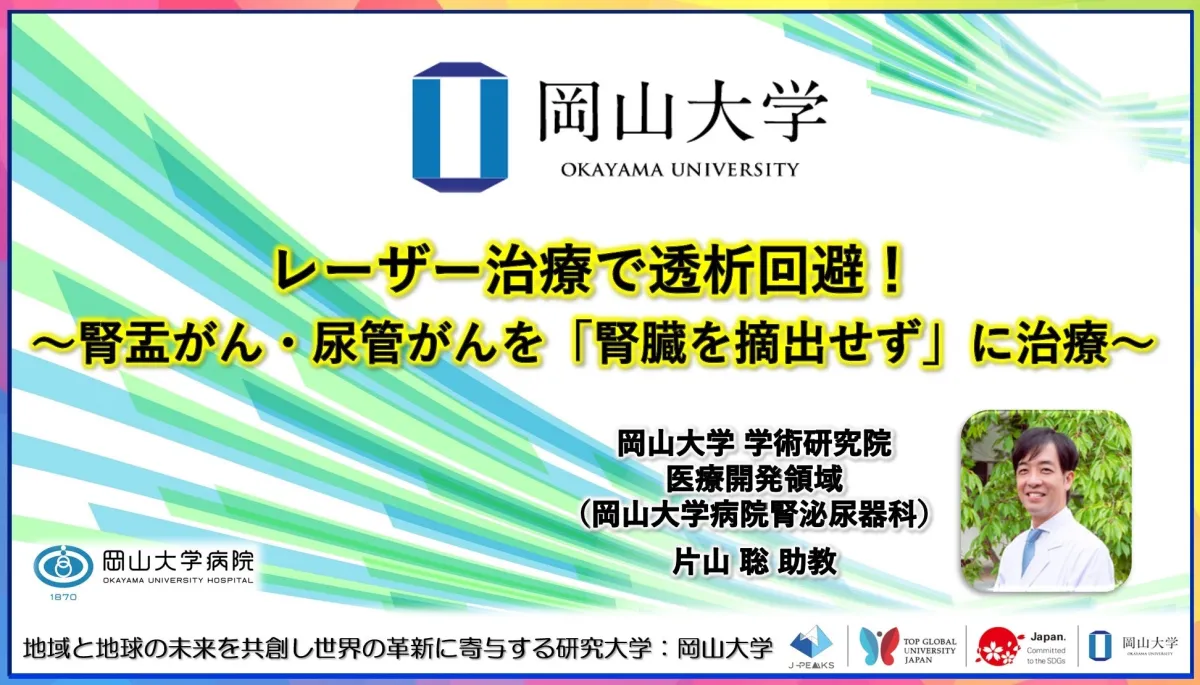
Okayama University Pioneers Laser Treatment to Avoid Dialysis for Kidney Cancer
Kidney Cancer Treatment Innovation at Okayama University
Okayama University Hospital’s Urology Department has embarked on a groundbreaking approach in treating renal pelvis and ureter cancer, opting to preserve the kidney instead of resorting to nephrectomy. This method employs advanced laser techniques performed through minimally invasive endoscopic procedures, significantly improving patient outcomes and preventing the need for dialysis, a common consequence following kidney removal.
The Challenge of Kidney Cancer
Kidney cancer, particularly renal pelvis and ureter cancer, often presents diagnostic challenges, leading to late detections. Standard treatment typically involves radical nephroureterectomy, where both the kidney and ureter are surgically removed. This approach is prevalent both locally and globally, but many patients—particularly the elderly—may have pre-existing kidney dysfunction or other serious health conditions.
Given these factors, the research group, led by Dr. Satoshi Katayama and Professor Motohiro Araki at Okayama University, has shifted its focus towards kidney-preserving treatments. By utilizing both thulium and holmium lasers, they aim to ablate tumors while maintaining kidney integrity, thus enhancing the overall quality of life for patients.
This innovative treatment paradigm is particularly beneficial for patients with only one functional kidney, as losing a second could lead to a dependency on dialysis, severely compromising their quality of life and life expectancy.
Improved Healing and Quality of Life
The new treatment methodology is designed not only to treat the cancer effectively but also to sustain renal function post-treatment. The research team seeks to distinguish low-risk patients—those less likely to experience tumor progression—through a unique identification criterion developed specifically for this approach. Ongoing clinical studies have demonstrated promising success rates and have been published in notable medical journals, including European Urology Focus and International Journal of Urology.
Dr. Katayama notes, "I questioned the standard practice of removing the kidney of patients with small tumors. It led me to contemplate if effective cancer treatment could be achieved while preserving renal function, which ignited the development of this innovative therapy. Our ultimate goal is for patients with renal pelvis and ureter cancer to live long, fulfilling lives without losing their kidneys."
Future Directions
As the research progresses, expanding the reach of this kidney-preserving surgery is a priority for Okayama University. The institution aims to continue its advocacy and research efforts to promote this therapy across Japan, improving patient outcomes and enhancing life quality for many who face the challenges of kidney cancer.
The initiative is emblematic of Okayama University’s commitment to innovative research and patient-centered care. Supported by the university’s ongoing focus on sustainable development goals, the team envisions a future where advanced medical technologies provide better outcomes for vulnerable populations.
Research Publications
The findings from their clinical trials and research have already garnered attention in prominent urology journals:
1. Accuracy and Clinical Utility of a Tumor Grade- and Stage-based Predictive Model in Localized Upper Tract Urothelial Carcinoma – European Urology Focus
2. Biological and prognostic implications of biopsy upgrading for high-grade upper tract urothelial carcinoma at nephroureterectomy – International Journal of Urology
For further detailed research insights, refer to the complete documents available at Okayama University's medical research portal.
Conclusion
Okayama University’s innovative laser treatment approach represents a significant stride in the management of kidney cancer, demonstrating how emerging technologies can be harnessed to fulfill unmet medical needs without compromising patients' overall health. The university encourages collaboration and further inquiries to expand this vital research.
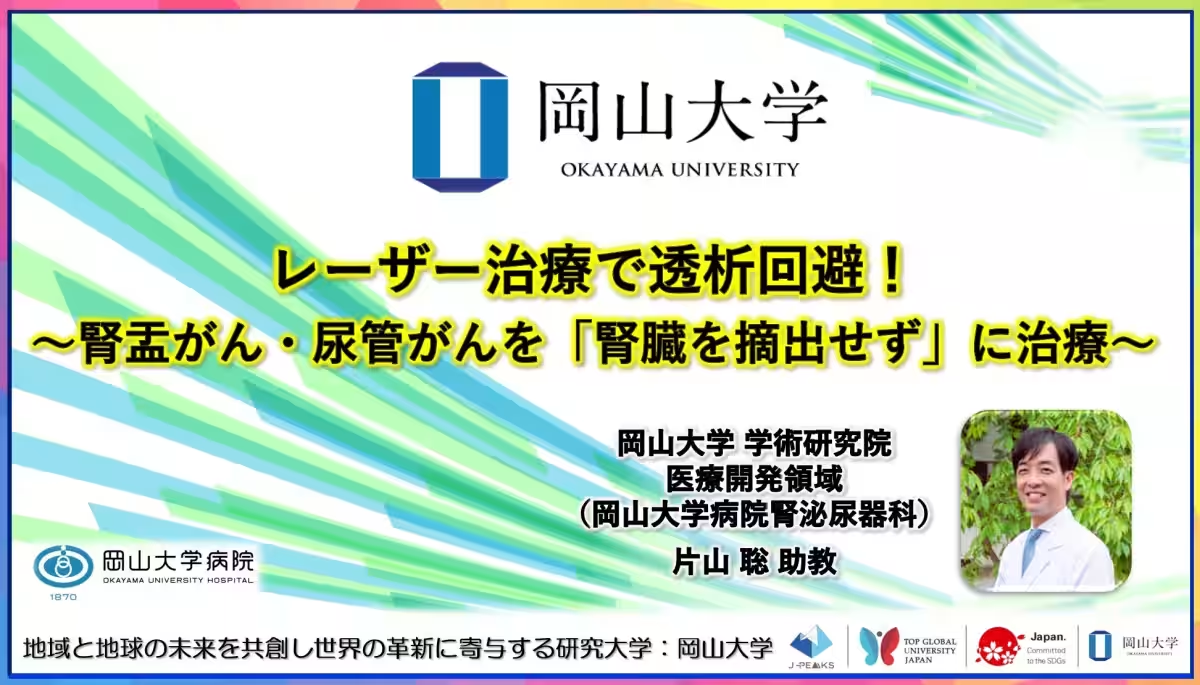
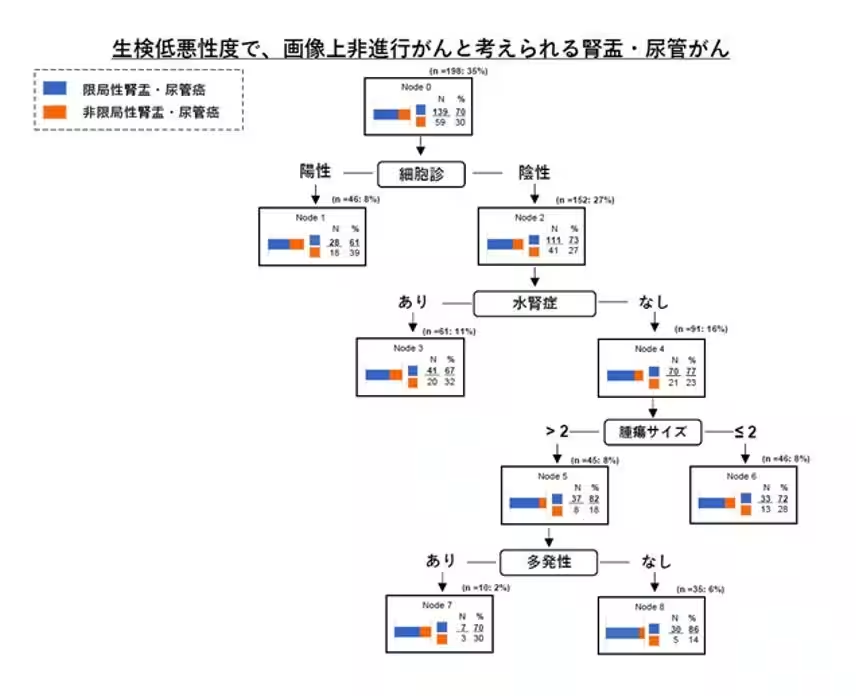





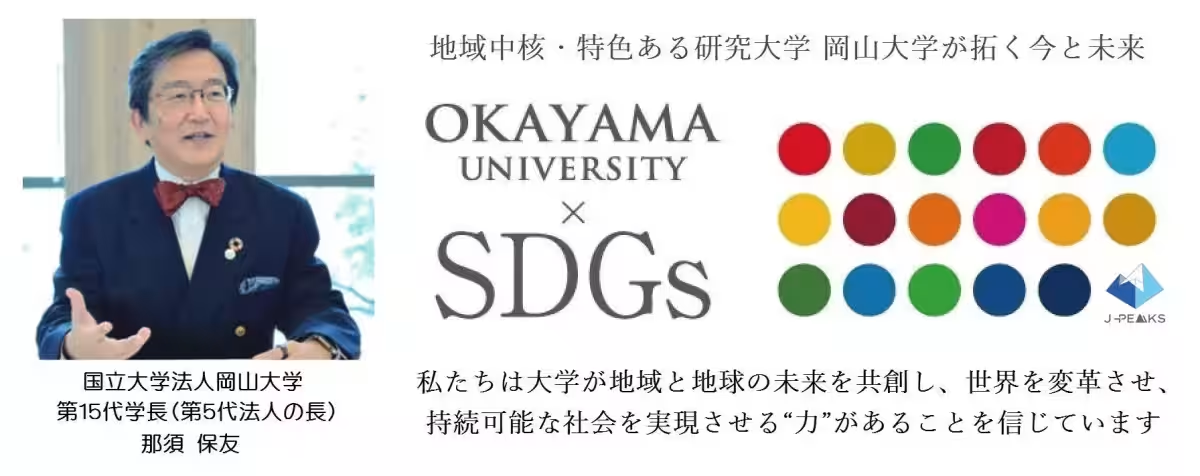
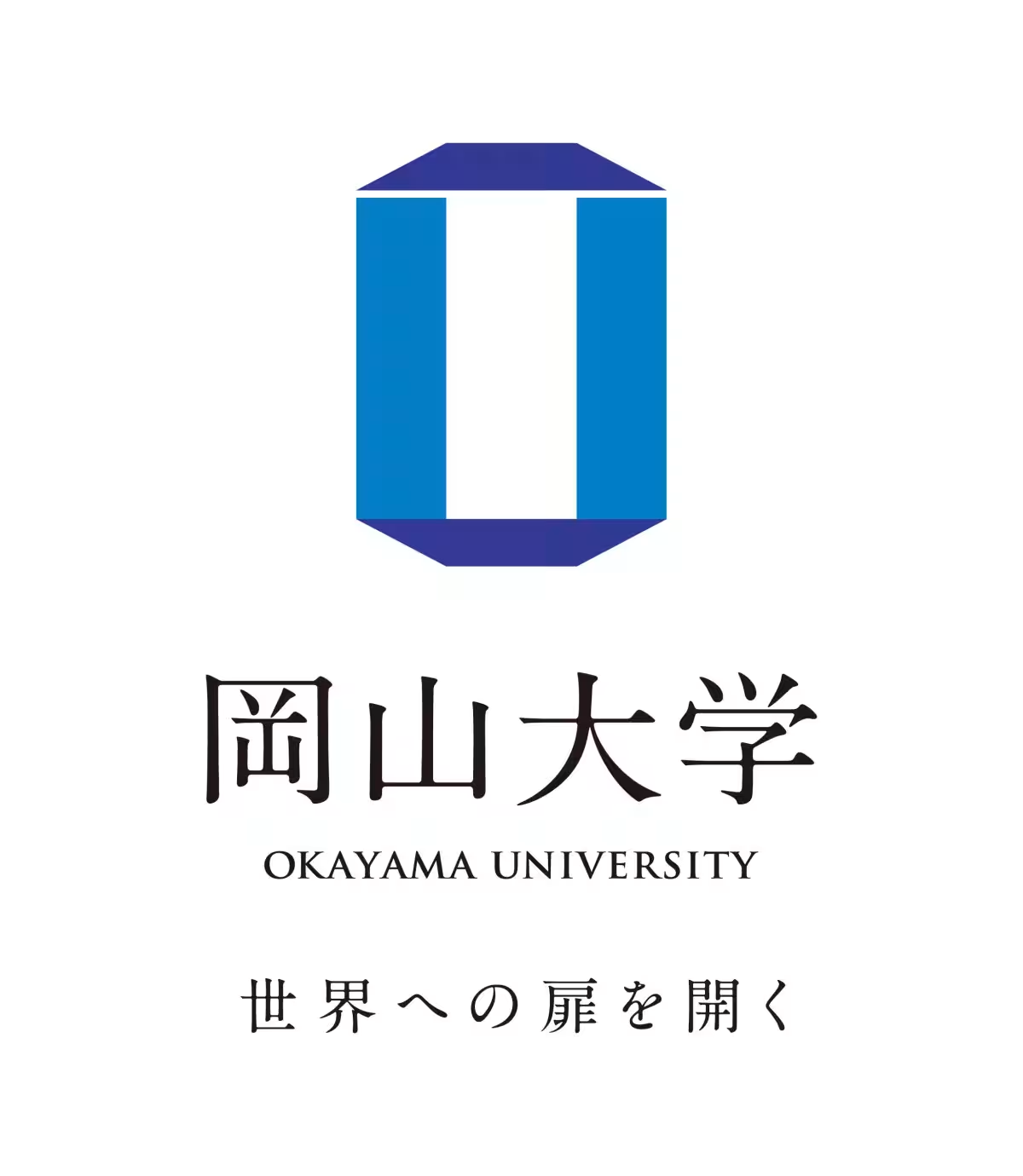
Topics Health)










【About Using Articles】
You can freely use the title and article content by linking to the page where the article is posted.
※ Images cannot be used.
【About Links】
Links are free to use.